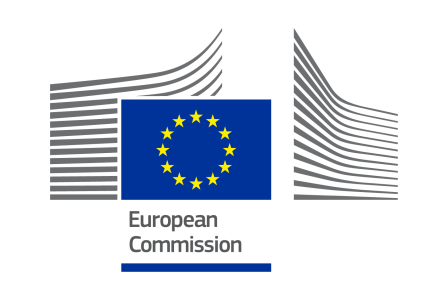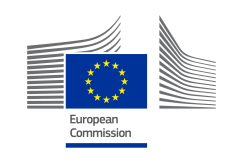Policies
01 April 2025
Trade policy
Policies
01 April 2025
1. Healthy, balanced and sustainable diets for all European consumers
2. Prevention and reduction of food loss and waste
3. A climate - neutral food chain in Europe by 2050
+4 more
Login / create an account to be able to react
-
10

The European Union is one of the most outward-oriented economies in the world. It is also the world’s largest single market area. Free trade among its members was one of the EU's founding principles, and it is committed to opening up world trade as well.
Editorial team
European Commission - DG TRADE
Topics
EU-27
EU Institutions
-
CoC aspirational objectives
-
-
1. Healthy, balanced and sustainable diets for all European consumers
-
2. Prevention and reduction of food loss and waste
-
3. A climate - neutral food chain in Europe by 2050
-
4. An optimised circular and resource-efficient food chain in Europe
-
5. Sustained, inclusive and sustainable economic growth, employment and decent work for all
-
6. Sustainable value creation in the European food supply chain through partnership
-
7. Sustainable sourcing in food supply chains
-
Share
From 1999 to 2010, EU foreign trade doubled and now accounts for over 30% of the EU’s gross domestic product (GDP). The EU is responsible for the trade policy of the member countries and negotiates agreements for them. Speaking as one voice, the EU carries more weight in international trade negotiations than each individual member would.
The EU actively engages with countries or regional groupings to negotiate trade agreements. These agreements grant mutually-beneficial access to the markets of both the EU and the countries concerned. EU companies can grow their business, and can also more easily import the raw materials they use to make their products.
Each agreement is unique and can include tariff reductions, rules on matters such as intellectual property or sustainable development, or clauses on human rights. The EU also gets input from the public, businesses, and non-government bodies when negotiating trade agreements or rules.
The EU supports and defends EU industry and business by working to remove trade barriers so that European exporters gain fair conditions and access to other markets. At the same time, the EU supports foreign companies with practical information on how to access the EU market.
The EU also works with the World Trade Organization (WTO) to help set global trade rules and remove obstacles to trade between WTO members.
Related legislation:
Communication COM/2021/66 Trade Policy Review - An Open, Sustainable and Assertive Trade Policy
Comments (0)
See also
Pact for Skills
- Categories
- 2. Prevention and reduction of food loss and waste 3. A climate - neutral food chain in Europe by 2050 4. An optimised circular and resource-efficient food chain in Europe +3 more
EU Agri-food chain Observatory
- Categories
- 2. Prevention and reduction of food loss and waste 3. A climate - neutral food chain in Europe by 2050 4. An optimised circular and resource-efficient food chain in Europe +3 more
Vision on agriculture and food
- Categories
- 2. Prevention and reduction of food loss and waste 3. A climate - neutral food chain in Europe by 2050 4. An optimised circular and resource-efficient food chain in Europe +3 more




